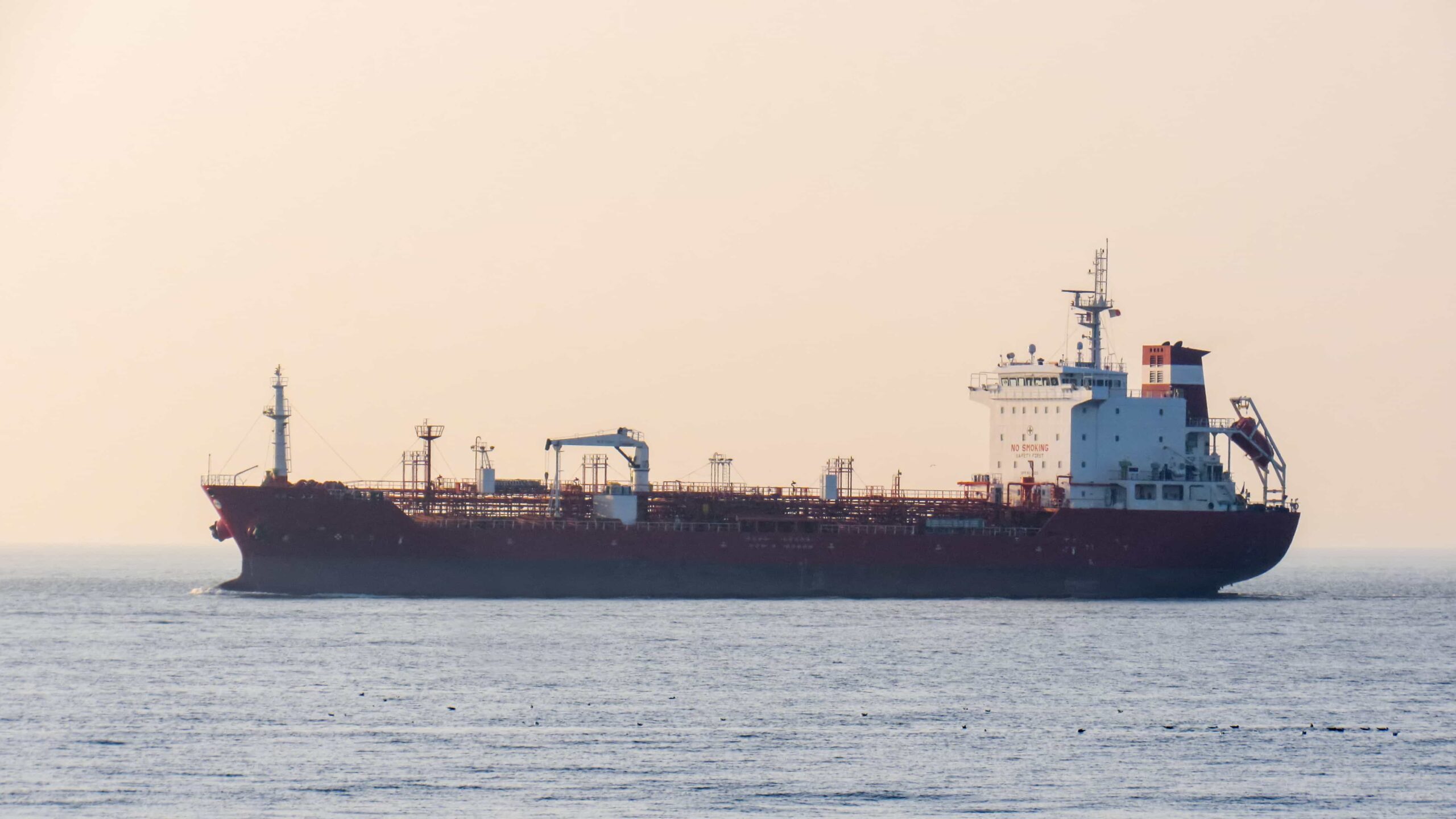Maintaining and repairing LNG vessels presents unique challenges due to the complex systems involved and the specific demands of handling liquefied natural gas. The cryogenic nature of LNG, combined with the need to comply with stringent safety and environmental regulations, necessitates a thorough and specialized approach to vessel maintenance. This article explores the specific maintenance requirements and challenges associated with LNG vessels, highlighting best practices and key considerations for ensuring operational efficiency and safety.
Key Maintenance Areas for LNG Vessels
LNG vessels are equipped with various specialized systems that require regular maintenance and occasional repairs. Key areas of focus include:
1. Cargo Containment Systems
The cargo containment system is one of the most critical components of an LNG vessel, designed to store LNG at extremely low temperatures and high pressures.
- Insulation Maintenance: The insulation surrounding the cargo tanks must be regularly inspected for damage or degradation. Effective insulation is crucial for maintaining the LNG at its cryogenic temperature and preventing boil-off gas (BOG).
- Tank Inspections: Regular inspections of the cargo tanks are required to check for signs of wear, leaks, or structural issues. This often involves non-destructive testing (NDT) methods to detect potential issues without compromising the tank’s integrity.
- Cryogenic Piping and Valves: The cryogenic piping and valves must be checked for leaks, corrosion, and other signs of wear. Given the low temperatures involved, materials used in these systems need to withstand thermal contraction and prevent failure.
2. Propulsion and Power Generation Systems
The propulsion systems on LNG vessels vary, including options such as dual-fuel diesel-electric engines, steam turbines, and gas turbines.
- Engine Maintenance: Dual-fuel engines require regular maintenance to ensure their operation on both LNG and marine diesel oil (MDO). This includes checking fuel systems, exhaust components, and engine performance.
- Boiler and Steam Systems: For vessels using steam turbines, maintaining the boilers and associated steam systems is crucial. This involves checking for scaling, corrosion, and ensuring that all safety and efficiency measures are functioning correctly.
- Gas Turbines: Maintenance of gas turbines involves regular inspection of the turbine blades, combustion chambers, and cooling systems to ensure optimal performance and longevity.
3. Safety and Emergency Systems
Safety systems on LNG vessels are critical for managing the risks associated with LNG’s flammable and cryogenic nature.
- Firefighting Equipment: Regular testing and maintenance of firefighting systems, including sprinklers, extinguishers, and deluge systems, are essential for preparedness in case of a fire.
- Emergency Shutdown Systems: These systems must be regularly tested to ensure they can quickly and effectively shut down the LNG systems in an emergency.
- Gas Detection Systems: Maintenance of gas detection and alarm systems is crucial for early detection of LNG leaks or gas buildup, preventing potential accidents.
Source: Maritime Safety
Challenges in LNG Vessel Maintenance
Maintaining LNG vessels involves addressing several unique challenges:
1. Specialized Equipment and Expertise
The specialized nature of LNG systems requires maintenance personnel with specific expertise and training. This includes understanding cryogenic technologies, handling LNG safely, and maintaining complex containment systems.
2. Regulatory Compliance
LNG vessels must comply with rigorous international and local regulations, including those set by the International Maritime Organization (IMO), classification societies, and environmental agencies. Keeping up with changing regulations and ensuring compliance during maintenance activities can be challenging.
3. Safety Concerns
The handling of LNG involves significant safety risks, including the potential for explosions, fires, and cryogenic burns. Maintenance procedures must prioritize safety and include comprehensive risk assessments, safety drills, and the use of personal protective equipment (PPE).
4. System Complexity
LNG vessels are equipped with complex systems that interact in various ways. Maintenance tasks often require a deep understanding of how different systems work together, as well as the ability to diagnose and repair issues that may affect multiple components.
5. Operational Downtime
Due to the high costs of downtime in LNG operations, maintenance schedules must be carefully planned to minimize disruptions. Regular maintenance is crucial to prevent unexpected failures, but it must be balanced with operational needs to ensure that vessels remain in service and meet their operational commitments.
Best Practices for LNG Vessel Maintenance
To address these challenges and ensure effective maintenance, the following best practices are recommended:
- Regular Inspections: Implement a robust inspection schedule for all critical systems, including cargo containment, propulsion, and safety systems. Use advanced diagnostic tools and techniques to identify issues early.
- Training and Certification: Ensure that maintenance personnel are trained and certified in LNG handling and maintenance procedures. Ongoing training is essential to keep up with technological advancements and regulatory changes.
- Preventive Maintenance: Adopt a preventive maintenance approach that includes routine checks and scheduled overhauls to address potential issues before they lead to failures.
- Documentation and Record-Keeping: Maintain detailed records of all maintenance activities, inspections, and repairs. This documentation is crucial for regulatory compliance and for tracking the vessel’s maintenance history.
- Collaboration with Manufacturers: Work closely with equipment manufacturers and suppliers to ensure that maintenance procedures align with recommended practices and that any issues are addressed promptly.
Conclusion
Maintaining and repairing LNG vessels presents unique challenges that require specialized knowledge, rigorous safety protocols, and adherence to regulatory standards. By focusing on key maintenance areas, addressing the inherent challenges, and following best practices, shipowners and operators can ensure the safe and efficient operation of LNG vessels. As the industry evolves and technology advances, ongoing attention to maintenance and repairs will be essential for optimizing performance and extending the lifespan of LNG vessels.









